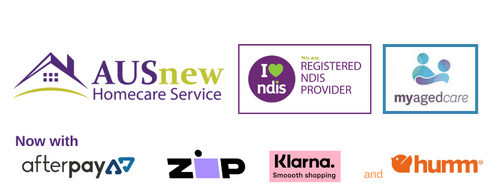From Family Home to Independence: Your SIL Transition Step-by-Step Guide

Leaving the family home is a big step for anyone—but for people with disabilities and their families, transitioning into Supported Independent Living (SIL) accommodation can feel both exciting and overwhelming. It’s not just about moving into a new space; it’s about creating a new lifestyle that supports independence, confidence, and personal growth.
If you’re planning this transition for yourself or a loved one, here’s a guide to help make the move as smooth and empowering as possible.

1. Start with Open Conversations
Before any paperwork or packing starts, it’s important to have honest conversations. These should involve the person moving, their family, support coordinators, and any other key people in their life. Talk about:
-
What kind of living environment feels right
-
Hopes, goals, and fears about the move
-
What support will be needed day-to-day
This isn’t a one-time chat—keep the lines of communication open throughout the process.

2. Understand What SIL Involves
SIL (Supported Independent Living) means you live in a shared home with others and receive support for everyday tasks like cooking, cleaning, personal care, or managing medication. Everyone’s SIL plan is different and is tailored to your individual NDIS goals and support needs.
Your support coordinator or NDIS planner can help clarify what’s covered, how the funding works, and which providers are best suited to your preferences.

3. Choose the Right SIL Provider and Home
Finding the right provider is crucial. Ask questions like:
-
Who else lives in the home, and are they a good match?
-
What kind of supports are available on-site?
-
Is the home in a good location (close to family, transport, work, or day programs)?
Many providers offer trial visits or overnight stays to help ease into the new environment.

4. Create a Transition Plan
A successful move doesn’t happen overnight. A transition plan helps break the process into manageable steps. This could include:
-
Regular visits to the new home before moving in
-
Gradually increasing overnight stays
-
Practicing independent skills at home (e.g., cooking a meal, doing laundry)
Working with your support team, family, and SIL provider will help personalize the plan to your pace and needs.

5. Prepare Emotionally, Not Just Practically
Leaving the family home can stir up a mix of emotions—excitement, anxiety, sadness, and pride. It’s all valid.
Support for mental wellbeing during the transition is just as important as packing the right things. Regular check-ins with a psychologist, social worker, or peer mentor can help smooth this emotional journey.

6. Move Day: Keep It Calm and Positive
When the big day arrives, try to keep things low-pressure. Having familiar items in the new space—like a favourite blanket, artwork, or photos—can make it feel like home. Keep support people around and plan a nice first-night activity like takeaway dinner or a movie.

7. Give It Time to Settle
Even the best moves take time to feel right. Give yourself or your loved one space to adjust. Encourage routines, celebrate small wins, and don’t be afraid to tweak things if needed.
Keep in touch with the SIL provider and make sure support plans remain flexible and person-centred.
Looking for SDA Accommodation?
We’re here to help. Whether you need support gathering reports, finding providers, or navigating the NDIS system, get in touch with our team. Let’s work together to help you find your perfect home.
Our team At Ausnew Home Care is here to assist you in finding the perfect living arrangement that supports your independence and well-being.
.
This article is intended for informational purposes and should not replace professional advice. Always consult with your NDIS planner or support coordinator for personalized guidance.

